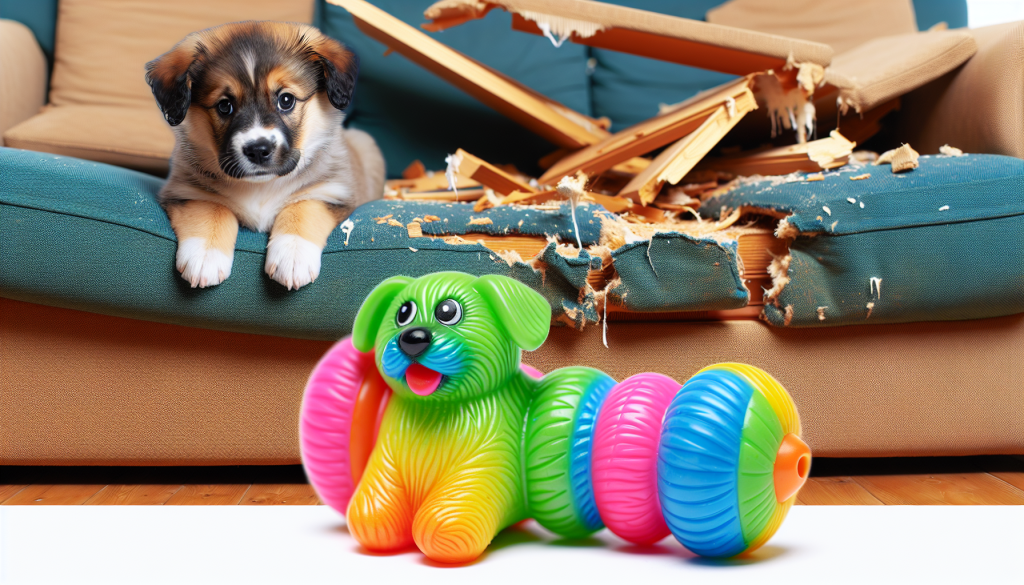If you’ve recently brought home a new furry friend and find yourself constantly exasperated by their insatiable desire to sink their teeth into your beloved furniture, fear not! In this informative article, we’ll guide you through some simple yet effective techniques to help prevent your puppy from wreaking havoc on your cherished couches and tables. From understanding the reasons behind their destructive behavior to providing alternative outlets for their chewing needs, you’ll discover practical tips that will have your pup happily exercising their jaws elsewhere in no time. Say goodbye to gnawed chair legs and hello to a harmonious coexistence with your furniture-loving furball.
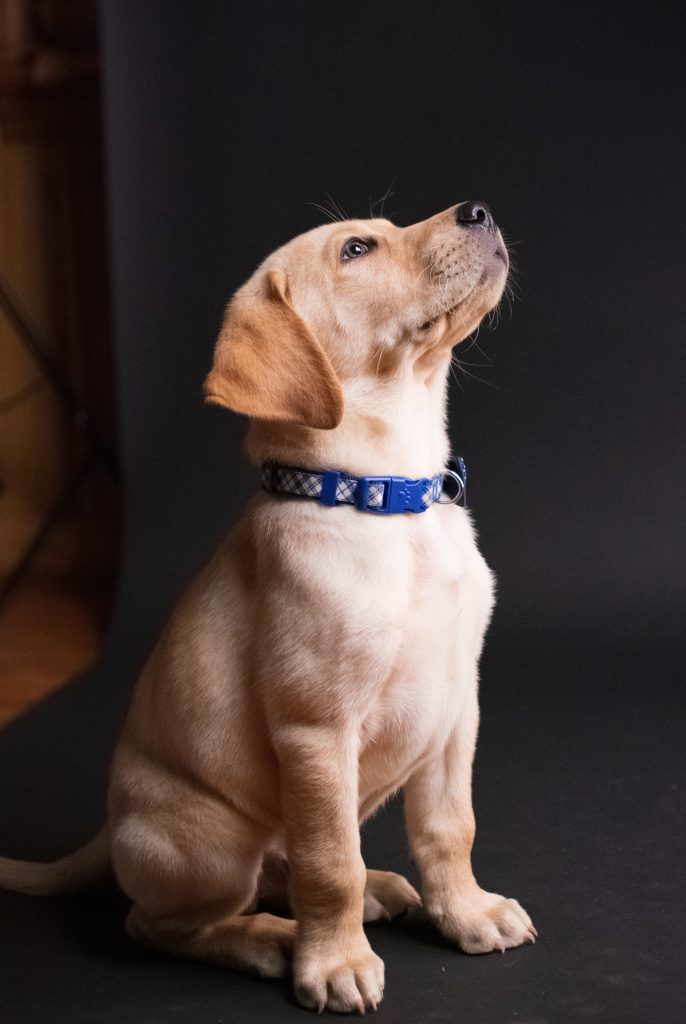
This image is property of images.unsplash.com.
Understanding Why Puppies Chew
Puppies have a natural instinct to explore their surroundings through their mouths, which often leads to chewing. Understanding the reasons behind their chewing behavior is crucial in finding effective solutions.
Developmental Stage
One of the main reasons puppies chew is because they are in a developmental stage where they explore the world with their mouths. Just like human infants put objects in their mouths, puppies do the same to learn about their environment. This stage typically occurs between 3 to 7 months of age and gradually diminishes as they mature.
Teething
Teething is another common reason why puppies chew excessively. During this time, their teeth are growing, and the discomfort they experience can be alleviated by chewing on objects. Chewing provides relief for their sore gums and helps loosen baby teeth, making way for adult teeth to come in.
Exploring the Environment
Puppies are naturally curious creatures, and chewing is their way of investigating objects around them. They use their mouths to examine textures, tastes, and smells of different items. It’s important to remember that puppies do not have the ability to differentiate between appropriate and inappropriate chewing targets without proper guidance.
Boredom or Anxiety
Puppies may also resort to chewing out of boredom or anxiety. If they are left alone for extended periods without mental or physical stimulation, they may chew as a way to relieve stress or entertain themselves. It’s crucial to address any underlying anxiety or boredom issues to effectively curb chewing behavior.
Creating a Safe and Stimulating Environment
To prevent your puppy from chewing on furniture and other inappropriate items, it’s important to create a safe and stimulating environment that meets their natural needs.
Puppy-Proofing the House
Start by puppy-proofing your house. Remove any valuable or potentially dangerous objects from the puppy’s reach. Keep electrical wires, shoes, and other chewable items out of their reach or secure them in closed cabinets or drawers. Consider using baby gates to restrict access to certain areas until your puppy learns proper chewing boundaries.
Provide Appropriate Chewing Toys
Supplying your puppy with a variety of appropriate chewing toys is essential. Opt for toys specifically designed for teething, as they are softer on their gums. Look for sturdy rubber or nylon toys that are specifically made for puppies and are free of small parts that could be swallowed. Remember to choose toys that match your puppy’s size and chewing strength.
Rotate Toys Regularly
To keep your puppy engaged and prevent boredom, rotate their toys regularly. This prevents them from becoming disinterested in their toys and helps maintain their novelty. By removing toys and reintroducing them later, you can keep your puppy excited about their toys, reducing the likelihood of them searching for other items to chew on.
Interactive Toys and Puzzles
In addition to chewing toys, interactive toys and puzzle feeders can provide mental stimulation for your puppy. These toys require your puppy to work for their treats or rewards, keeping their minds occupied and reducing boredom. They promote problem-solving skills and satisfy their natural instincts to forage and explore.
Establishing Clear Boundaries
Along with creating a suitable environment, teaching your puppy clear boundaries is crucial to managing their chewing behavior effectively.
Consistent Training
Consistency is key when training your puppy to understand what is acceptable to chew and what is not. Establish clear rules from the beginning, and be consistent in your responses to their chewing behavior. Confusion can arise if you allow chewing on certain items at times and then reprimand your puppy for doing the same later on. Consistency will help them understand what is expected of them.
Positive Reinforcement
Instead of punishing your puppy when they chew on inappropriate items, focus on positive reinforcement. Reward them with praise, treats, or playtime when they chew on their designated toys. This helps reinforce the desired behavior and encourages them to make the right choices. Positive reinforcement not only builds a stronger bond between you and your puppy but also motivates them to seek your approval.
Redirecting Attention
Whenever you catch your puppy chewing on something they shouldn’t, redirect their attention to an appropriate chew toy. Offer them a toy they are allowed to chew on and engage them in play to divert their focus. By redirecting their chewing behavior, you are teaching them which items are acceptable to chew on and providing an outlet for their natural chewing instincts.
Using Deterrents
Sometimes, despite your best efforts, your puppy may still be tempted to chew on furniture or other off-limits objects. Using deterrents can help discourage this behavior. Bitter-tasting sprays or deterrents can be applied to items you want to protect. The unpleasant taste will deter your puppy from chewing on these items and redirect them to their designated toys instead.
Teaching Leave It and Drop It Commands
Teaching your puppy essential commands like “Leave It” and “Drop It” can help prevent them from chewing on things they shouldn’t.
Teaching the Leave It Command
The “Leave It” command teaches your puppy to ignore and move away from objects they show interest in. Start by holding a treat in your closed hand and tell your puppy to “Leave It.” When they stop showing interest in your hand, provide them with a treat from your other hand. Gradually transition to using the command without your hand motion, and practice with various objects.
Teaching the Drop It Command
The “Drop It” command teaches your puppy to release objects from their mouth on command. Start with a low-value item, such as a toy. Show them a treat and say “Drop It” as you offer the treat. Your puppy should drop the toy to take the treat. Practice this command with different objects, gradually increasing the value of the items.
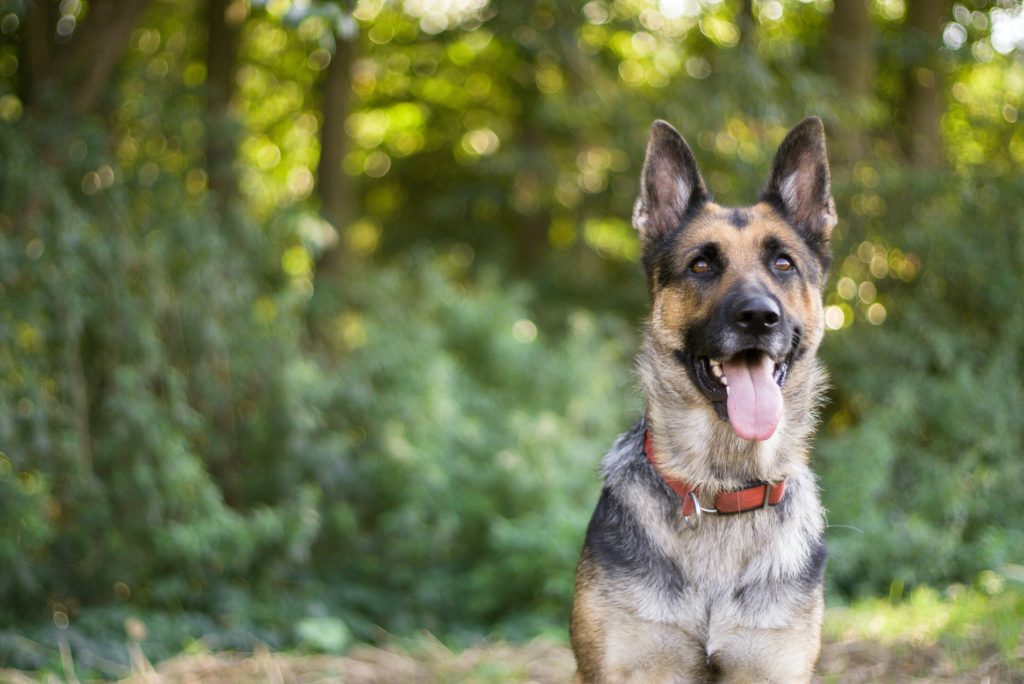
This image is property of images.unsplash.com.
Providing Adequate Exercise and Mental Stimulation
Physical exercise and mental stimulation play a crucial role in preventing destructive chewing behavior.
Regular Exercise Routine
Make sure your puppy gets enough physical exercise to burn off excess energy. Regular walks, play sessions, and interactive games help tire them out and reduce the likelihood of them resorting to chewing out of boredom or pent-up energy. Consult with your veterinarian to determine an appropriate exercise routine based on your puppy’s age and breed.
Engaging in Interactive Play
Engage your puppy in interactive play to provide mental stimulation. Incorporate games like fetch, tug-of-war, and hide-and-seek to keep their minds engaged and focused. Interactive play keeps their attention away from inappropriate chewing targets and channels their mental energy into more constructive activities.
Puppy Socialization
Socializing your puppy with other dogs and people has numerous benefits, including preventing chewing behavior. Socialization helps alleviate anxiety and boredom, reducing the likelihood of destructive chewing as a coping mechanism. Arrange playdates with other puppies or enroll in puppy socialization classes to provide your puppy with appropriate outlets for their energy.
Enrichment Activities
Enrichment activities, such as puzzle toys, treat-dispensing toys, and scent games, provide mental stimulation for your puppy. These activities require problem-solving skills and keep their minds engaged. Introduce new activities and rotate them regularly to prevent your puppy from becoming bored.
Crating or Confining the Puppy
Crating or confining your puppy to a designated space when you are unable to supervise them can prevent them from getting into trouble and chewing on inappropriate items.
Using a Crate
A crate provides a safe and secure space for your puppy when you cannot actively supervise them. Crate training helps teach your puppy to hold their bladder and prevents them from chewing on furniture or other household items. Make sure the crate is appropriately sized to allow your puppy to stand, turn around, and lie down comfortably. Use positive reinforcement to make the crate a positive and inviting space for your puppy.
Using a Playpen or Gate
If you prefer not to crate your puppy, using a playpen or baby gates can confine them to a specific area of the house. This allows them more space to move around while still limiting their access to areas where they can get into trouble. Make sure the playpen or gates are secure and that there are plenty of chew toys and enrichment activities available within the confined area.
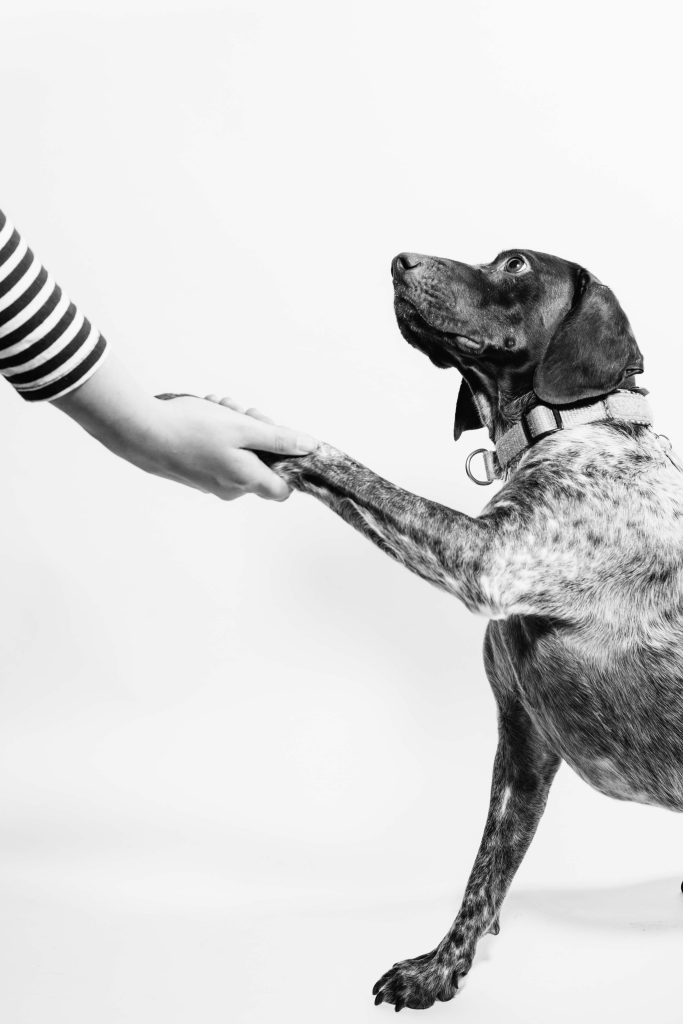
This image is property of images.unsplash.com.
Using Bitter-Tasting Sprays or Deterrents
When all else fails, using bitter-tasting sprays or deterrents can be effective in preventing your puppy from chewing on specific items.
Choosing an Appropriate Deterrent
Select a bitter-tasting spray or deterrent that is safe for your puppy and the items you want to protect. Read the instructions carefully and ensure that the deterrent is suitable for the surface or material you are applying it to. Test a small, inconspicuous area first to ensure it does not cause any damage.
Applying the Deterrent Correctly
Apply the deterrent to the items you want to protect according to the instructions provided. Make sure the deterrent is evenly applied and thoroughly covers the surfaces. Reapply as needed, especially if the scent or taste wears off. Pair the use of deterrents with appropriate chew toys and clear training to reinforce what is acceptable for your puppy to chew on.
Supervising and Managing the Puppy
Proper supervision is paramount in curbing destructive chewing behavior and ensuring your puppy’s safety.
Limiting Access to Rooms
Limit your puppy’s access to rooms where they tend to chew on furniture or other prohibited items. Close doors or use baby gates to create a barrier that prevents them from entering these areas. As your puppy matures and learns appropriate chewing behavior, gradually expand their access to other rooms under close supervision.
Using Tethers or Leashes
Using tethers or leashes allows you to have more control over your puppy’s movements while still giving them some freedom. Attach a leash or tether to your waist or a sturdy piece of furniture to keep your puppy close by and prevent them from wandering off and engaging in destructive chewing.
Close Supervision
When your puppy is out of confinement, providing close supervision is essential. Keep an eye on them at all times and be ready to redirect their attention if they start chewing on something they shouldn’t. Interrupt the behavior with a firm but gentle “No” or “Leave It” command and offer them an appropriate chew toy instead.
Enlist the Help of Family and Friends
If you are unable to supervise your puppy constantly, enlist the help of family members or friends who can take turns watching over them. This ensures that someone is always present to redirect any chewing attempts and reinforce positive chewing behavior.
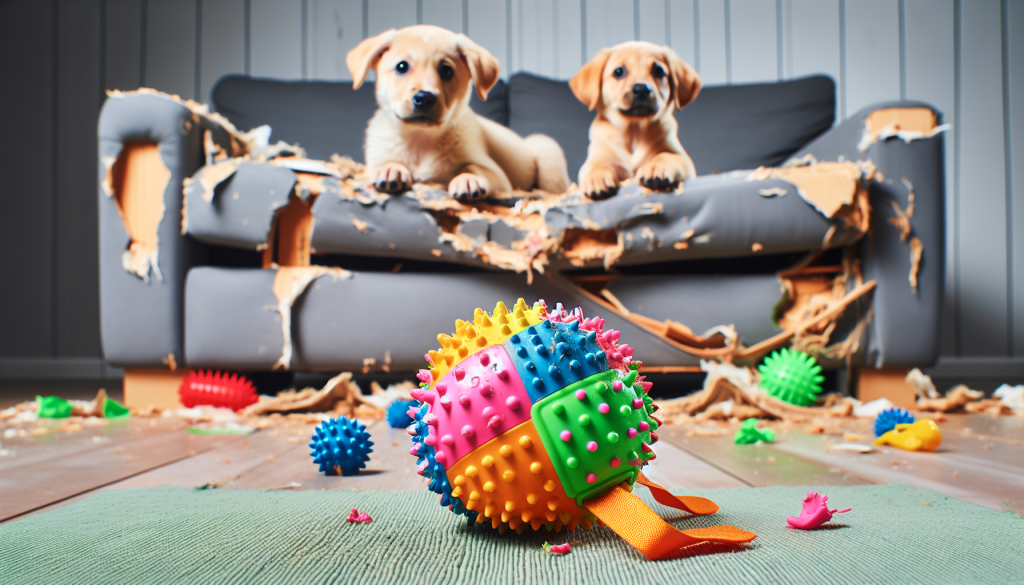
Seeking Professional Help
If your puppy’s chewing behavior persists or becomes a significant issue, it may be beneficial to seek professional help.
Consulting with a Veterinarian
If your puppy’s chewing behavior is excessive, destructive, or causing concern, consult with a veterinarian. They can assess your puppy’s overall health and behavior, rule out any underlying medical conditions, and provide guidance or referrals to behavior professionals if necessary.
Getting Help from a Professional Trainer
Working with a professional dog trainer experienced in puppy behavior can be incredibly helpful. A trainer can assess your puppy’s specific needs, develop a personalized training plan, and guide you through the process. They will provide valuable techniques and strategies to address chewing behavior and help establish clear boundaries for your puppy.
Remaining Patient and Persistent
All in all, it’s crucial to maintain patience and persistence throughout the process of curbing your puppy’s chewing behavior.
Consistency is Key
Consistency in your approach and training methods is key to successfully stopping your puppy from chewing on furniture. Reinforce the rules consistently and ensure that all family members and friends who interact with your puppy are aware of and follow the same guidelines. By providing a consistent message, your puppy will understand what is expected of them and be more likely to comply.
Avoid Punishment
Avoid using punishment as a means to stop your puppy from chewing. Physical or verbal punishment can lead to fear, anxiety, and aggression. Instead, focus on positive reinforcement and redirecting their attention to appropriate chew toys.
Celebrating Progress
Remember to celebrate your puppy’s progress. Recognize and reward their good behavior with praise, treats, or a favorite game. Celebrating their successes will motivate them and reinforce the desired chewing habits.
Adjusting Strategies as Needed
Each puppy is unique, and what works for one may not work for another. Be ready to adapt and adjust your strategies as needed. Monitor your puppy’s progress and be open to trying different techniques to find what works best for them. With patience, consistency, and the right approach, you can successfully stop your puppy from chewing on furniture and redirect their natural chewing instincts to appropriate items.
